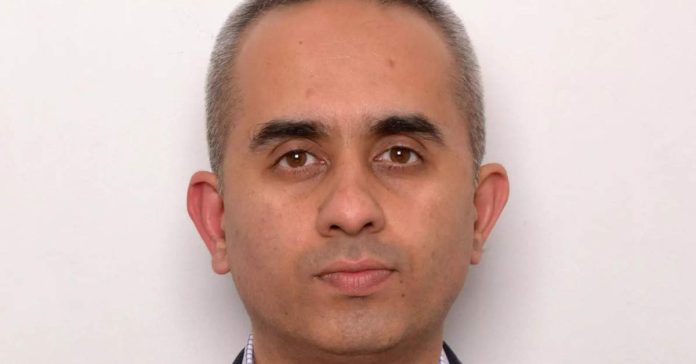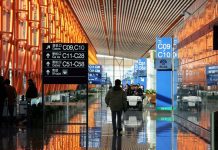By Ashish Sidhra
The travel industry has shown great resilience in successfully bouncing back from two years of pandemic induced challenges. According to the latest UNWTO World Tourism Barometer, international tourist arrivals almost tripled in January to July 2022 compared to the same period of 2021. In India, foreign arrivals in July were already at 79 percent of 2019 levels, rising from 18% of 2019 levels during month of January.
Brands are proactively seeking to capture a large chunk of this pent-up demand through engaging campaigns and lucrative offers. According to the Zenith Travel Ad Spend forecast, travel brands in India are expected to increase ad spend by 31 percent by 2023. This renewed marketing enthusiasm, has in turn revived the demand for travel influencers in the media mix. Travel influencers are again being sought to cut the clutter and convince the travellers to go to specific destinations or experience specific activities. Statista pegged India’s Influencer marketing segment at INR 9 billion in 2021 and to become INR 22 billion by 2025. Some Ad agencies in India are seeing Brands spend upto 25 to 30 percent of their marketing budgets on Influencer marketing.
For this renewed enthusiasm to drive better outcomes for the whole industry, it is pertinent that we keep in mind the profound and far-reaching traveller behavioural changes brought about by the pandemic:
Local cravings: staycations are here to stay Though the pandemic has subdued – there’s still uncertainty pertaining to international travel due to fast changing visa restrictions and geo-political conflicts. This has driven a large number of tourists to instead focus on in-market breaks. Domestic travel and staycation are becoming a popular trend as travellers seek a break from the work-from-home routines. These travellers look for delightful experiences and influencers will benefit from providing them with great choices of diversity in cuisines, meditation, yoga and other physical activities.
Work and pleasure: a heady mix “Workation”, a concept to combine a work trip with leisure is gaining strong traction. More than 50% of travellers express a desire to extend their business trips to enjoy some leisure time at the destination. Many boutique hotels are providing attractive layouts for customers equipped with a workstation for work gizmos and meetings, making the trend stay here for a long. As an example, the Hamilton Hotel in Washington, DC, offers a WFH-Work from Hamilton program, providing rooms on a 6:00 am to 7:00 pm schedule. Sharing unique offerings and experiences targeted for such hybrid travel can help influencers get traction in a growing market.
Care tourism takes root Psychological, physical and spiritual wellness has topped the mind of travellers, leading to the genesis of wellness tourism. It is associated with the pursuit of enhancing well-being supplemented with travel experiences. According to the stats – a whopping 586 million wellness trips are taken every year. People who are stressed at work or need a break to promote their health look for options linking leisure, wellness and lifestyle. Wellness in this regard is the state of holistic well-being as people are becoming more supportive of traditional medicines and therapies that can be best availed amidst the natural environment. Tourists on the lookout for unique services to satisfy their appetite for wellness tourism can be a key growth market for travel influencers to focus.
Rise of Gen Z and budget experiences We are entering into an era of Gen Z – a target group who is eager to travel and experience art, architecture, culture and others to fulfil new desires. However, their spending power is limited, and they look for budget-friendly access to travel, accommodation and experiences. Discounts and offers are one of the key considerations for them while making a travel booking. This socially active segment looks-up to travel influencers for guidance on budget travel. Sharing budget travel tips and suggestions with their followers will enable influencers to engage more effectively with Gen Z segment.
Solo does it: Travelling alone is in The emerging trend of travelling solo has gone mainstream post pandemic. Instead of wating for friends and families to join them, people are choosing to travel on their own. Travel websites have found solo domestic travel in India to shoot by 120% during second quarter of 2022, as compared to the same period in 2019. This phenomenon is more prevalent among Millennials and Gen Z. Focusing of safety aspects in their content, could help influencers address a key ask of this segment.
Bottomline Influencer marketing in the travel industry projects eases in reaching out to potential customers while engaging them with real travel choices. Looking behind the pandemic shutdown, travellers now seek authenticity, cultivating a new generation of brand advocates. Travel influencers are presented with a once in a generation growth opportunity. They just need to feel the changing pulse of the market and adapt to it.
The author is co-founder, Alike.io, a travel tech innovator.













